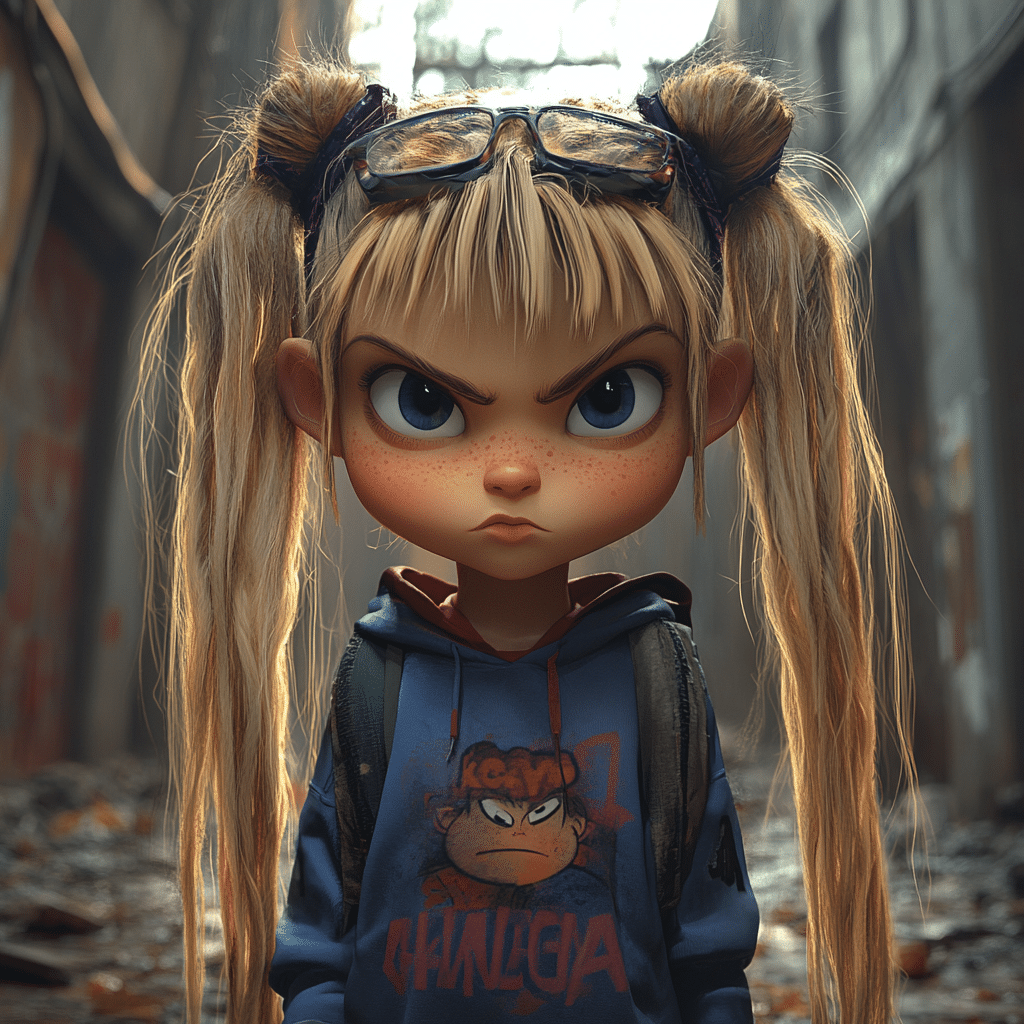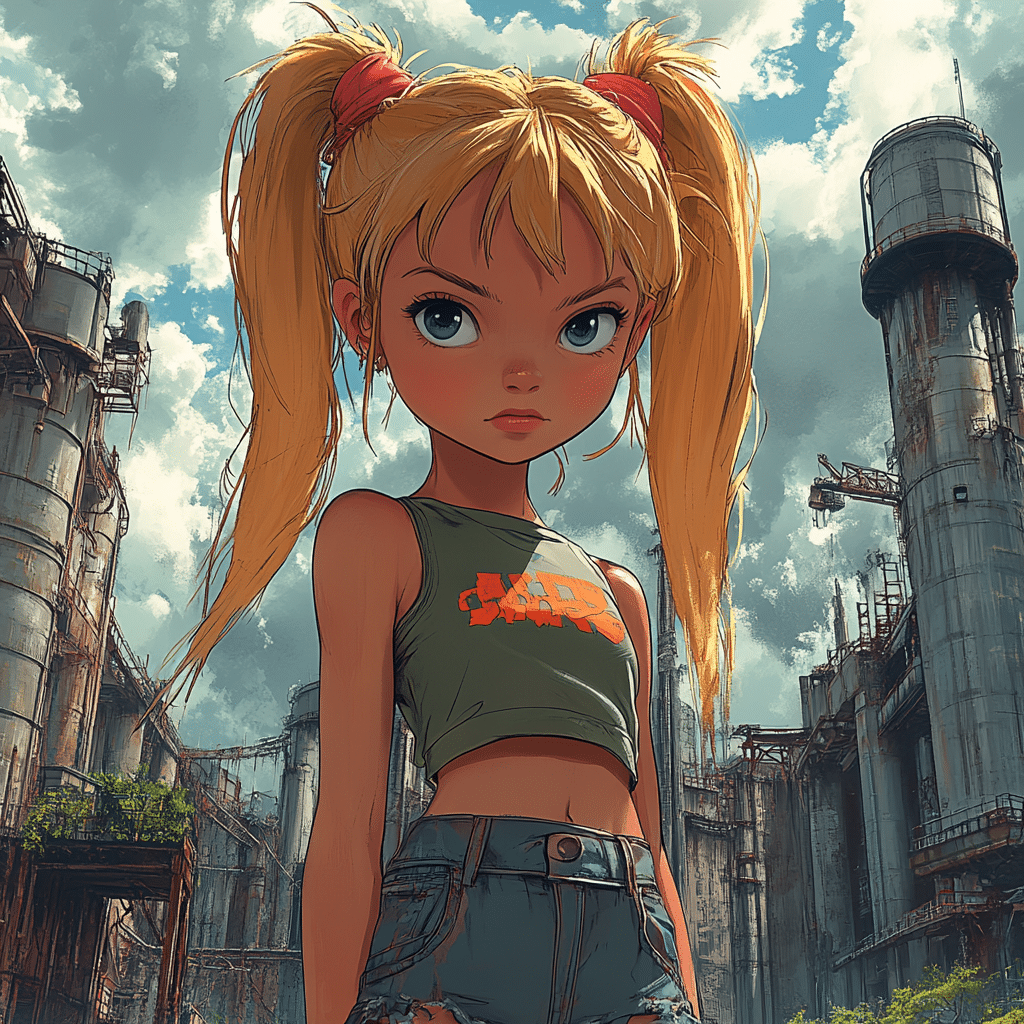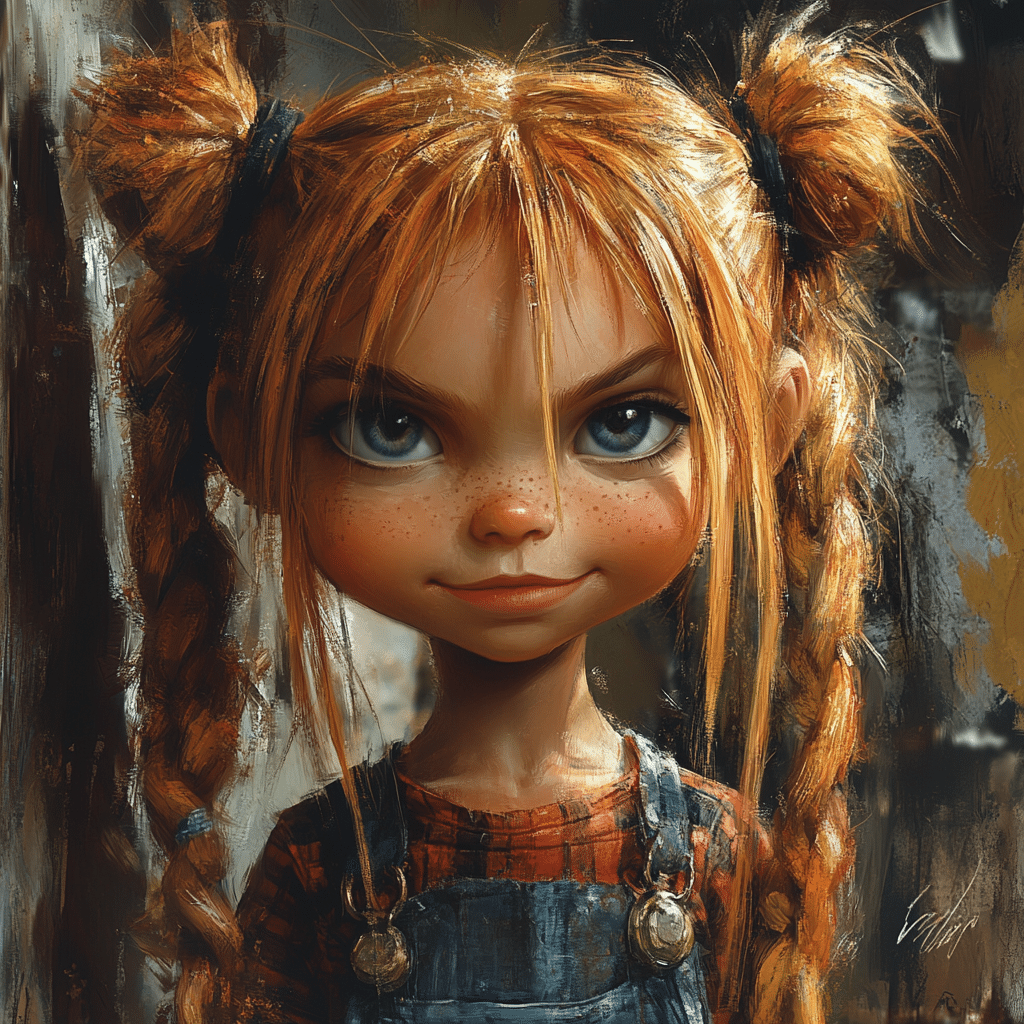Animated series have a knack for creating memorable characters, and few are as unforgettable as Angelica Rugrats. First introduced in 1991, this charismatic troublemaker has become a staple in pop culture, eliciting giggles, gasps, and even some grown-up retrospection over the years. Not just a pint-sized fiend but also a layered character, Angelica embodies childhood’s messiness with her sharp wit and cunning tactics. This article will break down her cultural significance, iconic moments, and ongoing relevance in today’s conversations about identity and empowerment.
Unpacking the Cultural Impact of Angelica Rugrats
Angelica Pickles, the ultimate mischievous toddler, reigns supreme in the world of animated antics. She’s more than just a troublemaker; she’s a reflective lens on childhood dilemmas and emotions. Through her clever yet cunning exploits, audiences get a peek into the emotional chaos that often accompanies early parenting and the complex social dynamics at play among kids.
Angelica stands at the crossroads of childhood innocence and the realization of social hierarchies. While she often causes chaos among her peers, her stories often touch a nerve about resilience, jealousy, and the myriad ways children process their experiences. Her antics often spark discussions about how young girls, in particular, navigate the craving for power and acceptance—beginning to mirror the societal pressures they’ll face as adults.
Interestingly, discussions surrounding Angelica Rugrats have grown along with her audience. Adults now reminisce about her character in light of contemporary themes, such as female empowerment and the nuances within female rivalries. She’s not just a figment of cartoon mischief; she now embodies a conversation starter for examining how women are depicted in media, no matter their age.

Top 7 Moments That Showcase Angelica Rugrats’ Brilliant Mischief
One of the standout episodes involves Angelica orchestrating a chaotic movie premiere. She drags her unsuspecting friends into a whirlwind of madness, showcasing her talent for manipulation. This episode not only solidifies her status as the ultimate troublemaker but also exemplifies that classic ‘what’s the worst that could happen’ energy that keeps viewers glued to the screen.
The dramatics of Angelica’s passionate hunt for her lost Reptar toy is pure comedy. This hysterical quest is relatable to every viewer who’s felt the sting of jealousy or fear of loss. This episode illustrates how Angelica’s character channels deep, emotional childhood experiences, enhancing the audience’s connection to her mischief.
When Angelica loses her beloved doll, Cynthia, fans witness a transformation in her character. This moment isn’t just a typical loss; it conveys deeper emotions about growing up and letting go. The episode propels Angelica beyond a mere troublemaker to a relatable character grappling with loss and the inevitable changes of childhood.
A hallmark of Angelica’s genius is her knack for manipulating adults. Her sly remarks often leave both fellow toddlers and their parents reeling, sparking conversations about childhood authority figures. This skill underscores how children sometimes challenge parental perceptions, a common experience for viewers of all ages.
In a classic Halloween episode, Angelica spins frightening ghost stories to terrorize her friends. Though her tactics may seem cruel, they ultimately teach valuable lessons about facing fears. Viewers can’t help but chuckle and shudder as Angelica embodies both the playful and frightening elements of childhood fantasy.
Angelica’s dynamic with the bikini babes in the show hints at her budding understanding of self-image. These interactions provide insight into how young girls are often shaped by societal standards of beauty. They reveal the small moments in childhood that linger, affecting how they view themselves as they grow.
Constantly vying for approval, Angelica often compares herself to the “elite babes” in her peer group. This quest for social status reflects the pressures kids experience from a young age. In doing so, Angelica serves as a barometer for the values and insecurities many face as they navigate friendships and identity.
Angelica Rugrats: A Conversation Starter for Modern Issues
Perhaps the most fascinating aspect of Angelica’s character is how discussions around her have evolved. As audiences have matured, they’ve started to view her not just as a mischievous child but also as a symbol of growing pains. Namely, her escapades align with ongoing debates about authority, gender dynamics, and emotional intelligence.
By reflecting upon Angelica’s actions, adults can better understand their own childhood complexities. From her persistent rebellion against authority figures to her more sensitive moments, discussions about Angelica can transcend the screen and become relevant to today’s societal narratives.
Moreover, integrating characters like Angelica into contemporary dialogues about gender portrayal in media highlights the importance of empowering young girls. They pave the way for nuanced discussions on how young characters serve as mirrors for real-life experiences, particularly in navigating identity and self-worth.

Embracing the Legacy of Angelica Rugrats
Angelica Pickles has left an unmatched legacy in animation and pop culture. Both a source of laughter and a topic of serious discussion, she personifies the blend of lighthearted mischief and the emotional intricacies of early childhood. Her journey offers insights that extend far beyond simple jokes about misbehavior—it invites a rethinking of what it means to grow up.
As fans continue to appreciate Angelica’s character, one often reminisces about the trials faced during youth—whether it’s loss, jealousy, or the yearning for friendship. Because let’s face it: being a child is often a tricky business, and Angelica starkly illustrates that wit and cleverness can light the way through even the darkest of childhood conundrums.
Ultimately, her legacy remains alive, stirring conversations across generations and genres. Whether you’re reliving those iconic episodes or diving into discussions about female empowerment in media, Angelica Rugrats will always hold a special place in the cinematic hearts of fans—young and old alike.
Angelica Rugrats: The Iconic Tricky Toddler You Love
The Mischief-Maker’s Roots
Did you know that the inspiration for Angelica Pickles, the iconic character from Rugrats, comes from the creator’s own childhood experiences? She was the eldest child in her family, often viewing the antics of younger siblings with a mix of annoyance and amusement. This connection to her experiences gives an authentic edge to Angelica’s tricky temperament. Speaking of real-life characters, Julian Hernandez has become an inspiring figure due to his impactful storytelling, much like how Angelica brings her imaginative narratives to life in the show. Fans often draw parallels between Angelica’s sassy attitude and the fun associated with resort wear, highlighting how both embody a mix of confidence and creativity.
Voice Behind the Sass
Angelica’s voice was brought to life by the talented Elizabeth Daily, who infused the character with an unforgettable sass. Interestingly, Daily’s career spans various projects, including work in several Sam Heughan Movies And TV Shows. This makes one wonder what Angelica would do if she found herself tangled up in such dramatic plots. One thing’s for sure, her clever schemes could rival any twist thrown in a Hollywood script, akin to the dynamic cast of What’s the Worst That Could Happen?. With her knack for clever comebacks, she remains a standout among the beloved Rugrats gang.
Cultural Impact and Legacy
Even years after Rugrats conquered screens, Angelica remains a significant character in pop culture—often reflecting the mischievous spirit found in various contexts, like social media trends featuring big booty Pawg personalities. The evolution of Angelica’s character throughout different series shows offers a fascinating lens to examine how children’s programming adapts over time. While adventures like the quest to spot Zanzibar sea Turtles captivate viewers, Angelica shows us that challenges can be tackled with smarts and a bit of cheekiness. In fact, many fans reminiscing about her antics discover that they enjoyed similar mischievous fun during their childhood days.
In summary, the legacy of Angelica Rugrats stands as a testament to the complexity of childhood emotions wrapped in humor and cheekiness. Her character remains not just a fixture on our screens, but a cultural phenomenon that reminds us of our playful sides. Whether you’re revisiting old episodes or engaging with her character through memes and tributes, there’s no denying her impact spans beyond the colorful animation, echoing the lessons found in everyday life.





